-
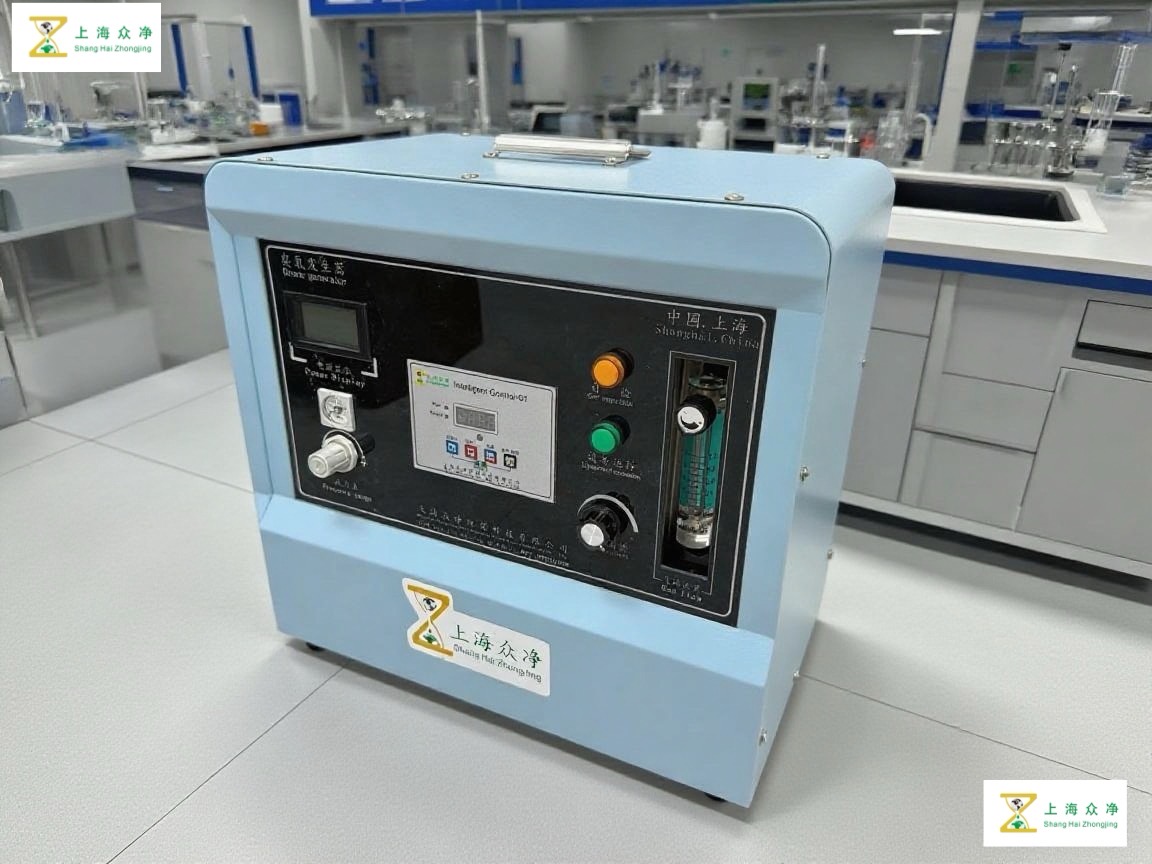
Shanghai Zhongjing Experimental Ozone Generator: Empowering Scientific Grade Precision Oxidation, Unlocking New Experimental Possibilities
2025-09-06 03:20:46
Shanghai Zhongjing Experimental Ozone Generator, with years of research and development experience, provides "accurate, stable, and flexible" oxidation solutions for global research teams, making every experiment closer to truth.
-
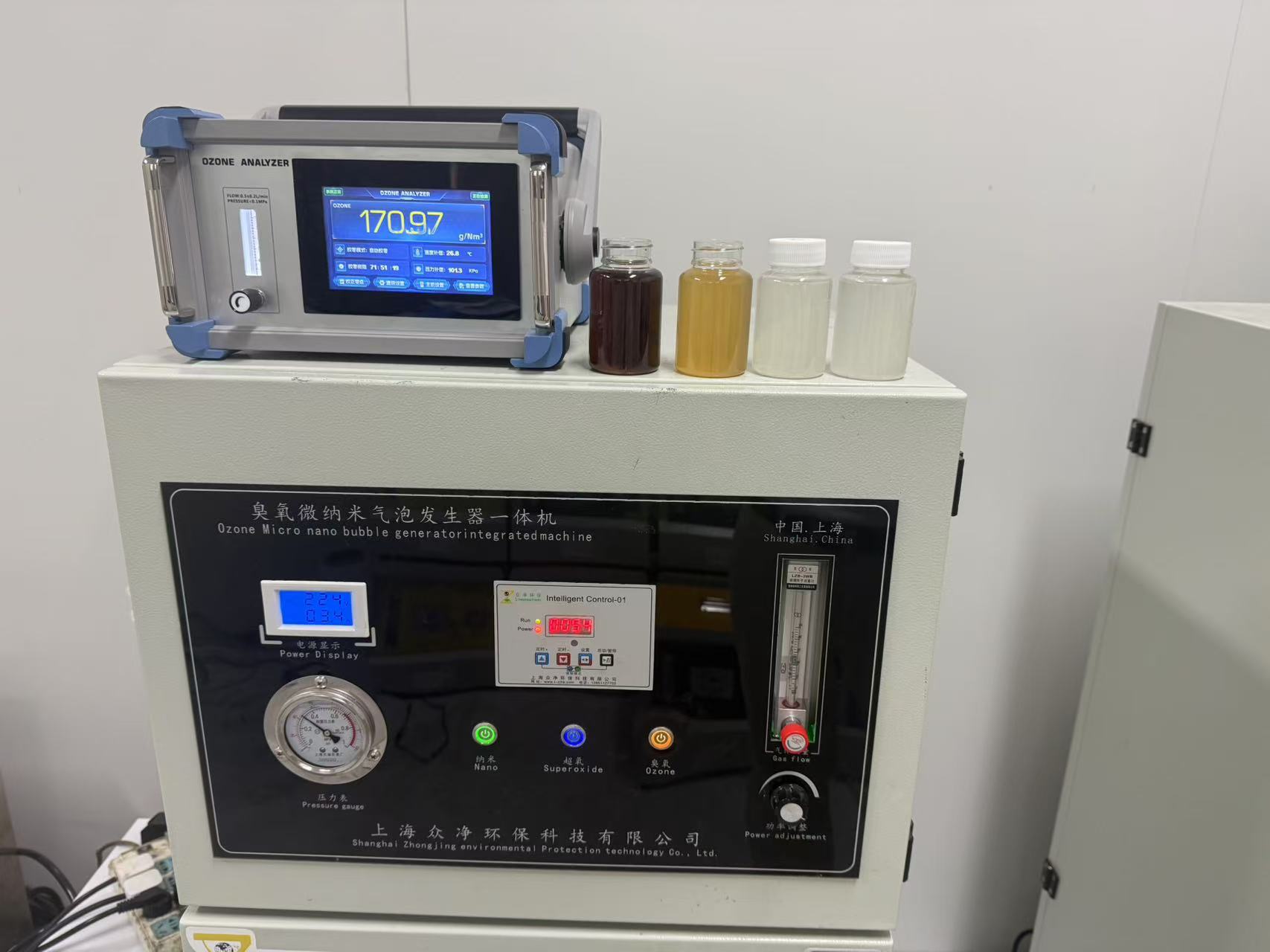
Shanghai Zhongjing Ozone Micro Nano Bubble Generator Manufacturer: Innovative Tool for Water Treatment Experiment
2025-08-25 11:59:41
In the field of water treatment experiments, precision and efficiency are the key keys to unlocking scientific breakthroughs. The ozone micro nano bubble generator, meticulously crafted by Shanghai Zhongjing Environmental Protection Technology Co., Ltd., has become a powerful assistant for many researchers to explore the mysteries of water treatment with its cutting-edge technology and excellent performance, providing innovative and reliable solutions for various complex water treatment experiments.
-
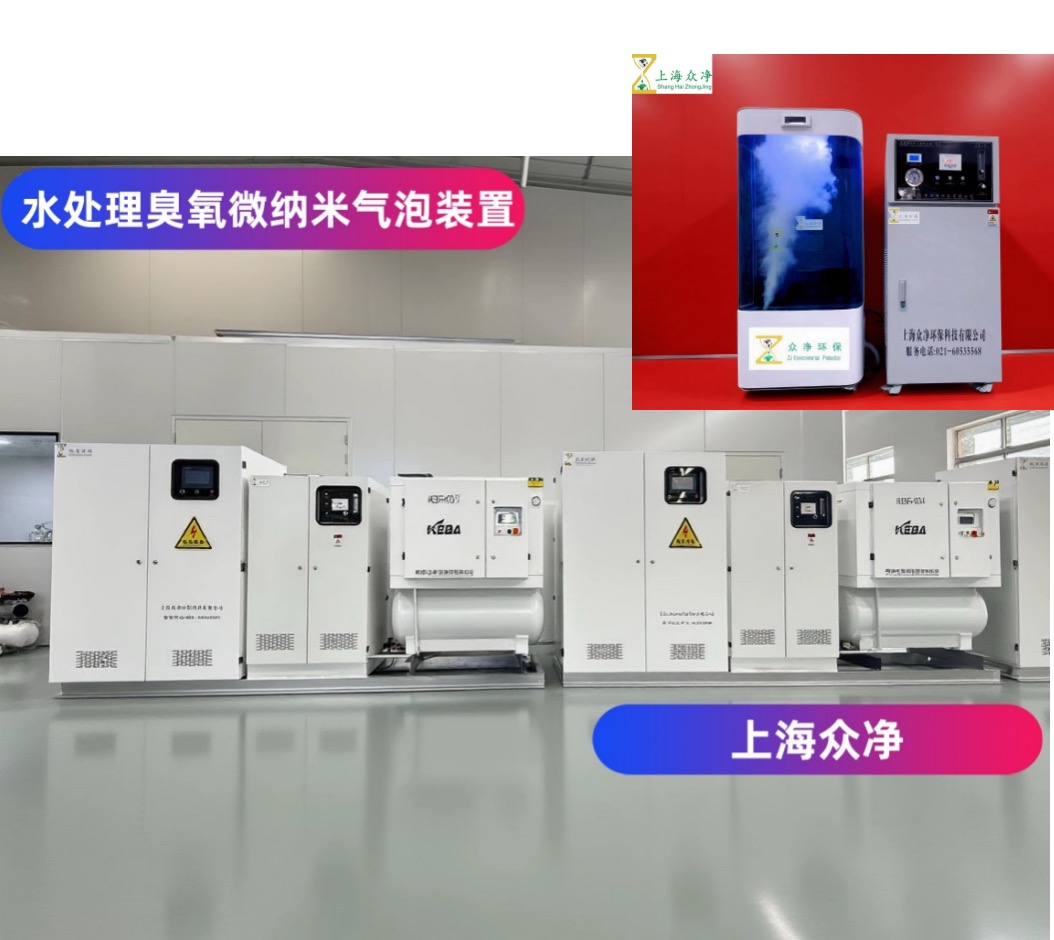
Micro-nano bubble generator manufacturer: Technical introduction
2025-08-15 03:59:41
Shanghai Zhongjing specializes in micro nano bubble generators, superoxide micro nano bubble generators, ozone micro nano bubble generators, oxygen rich micro nano bubble generators, and hydrogen micro nano bubble generators. Using multiphase fluid vortex cutting technology, gases (such as air, oxygen, ozone, nitrogen, hydrogen, etc.) are dissolved in liquid through a special device, and then the bubbles in the mixture are chopped up using high-speed vortex cutting to form micro nano bubbles with particle sizes ranging from 10-100nm.
-
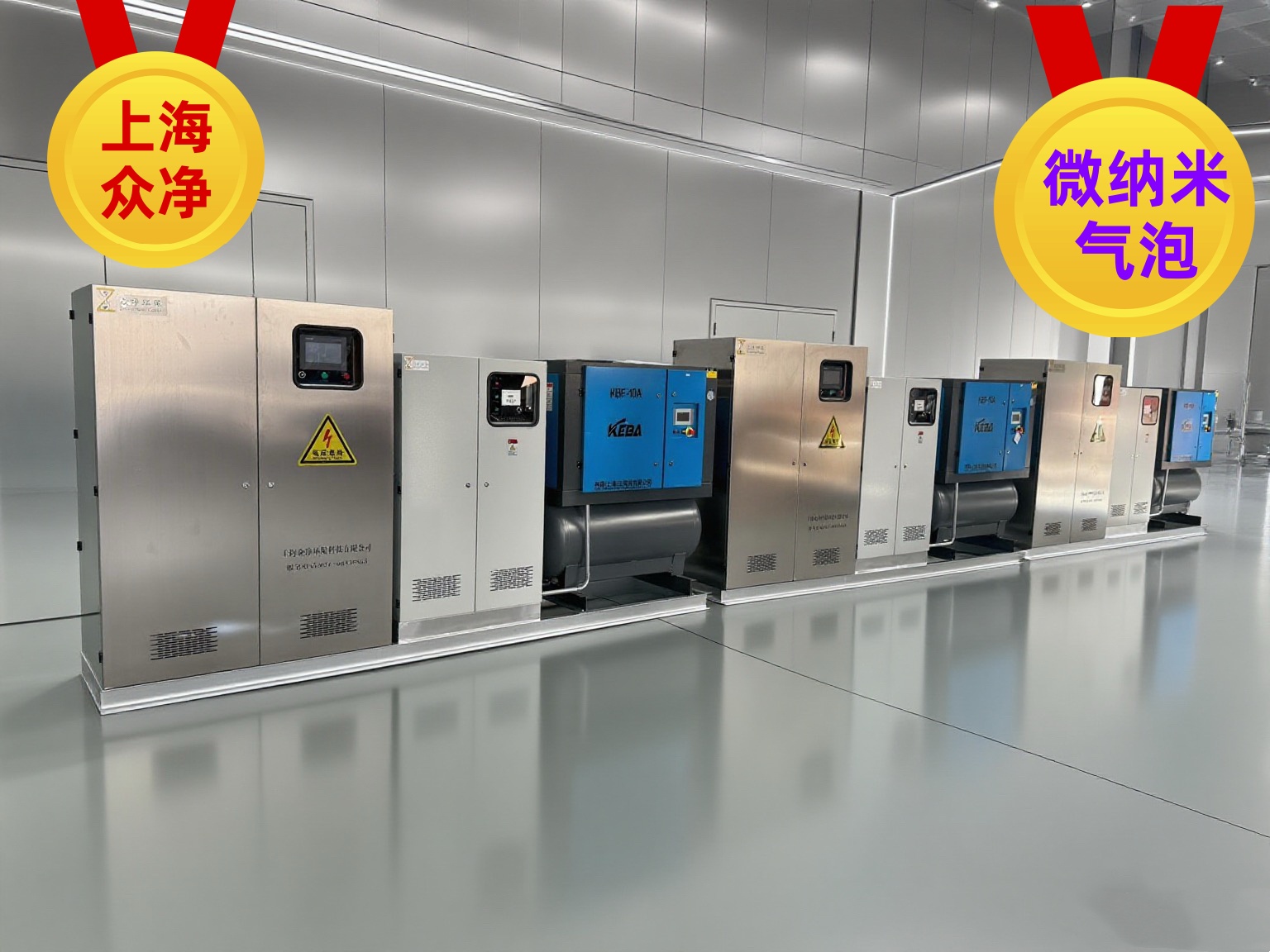
Principle analysis of micro nano bubble exhaust gas treatment technology
2025-07-31 01:44:59
Micro nano bubbles will gradually contract and eventually rupture during their ascent due to the pressure difference between the inside and outside. At the moment of rupture, the inside of the bubble generates high temperature (up to thousands of degrees Celsius) due to adiabatic compression, which promotes the decomposition of water molecules into hydroxyl radicals (· OH) with strong oxidizing properties. Hydroxyl radicals are highly efficient oxidants that can rapidly oxidize and decompose organic pollutants (such as VOCs, odorous substances, etc.) in exhaust gases.
-
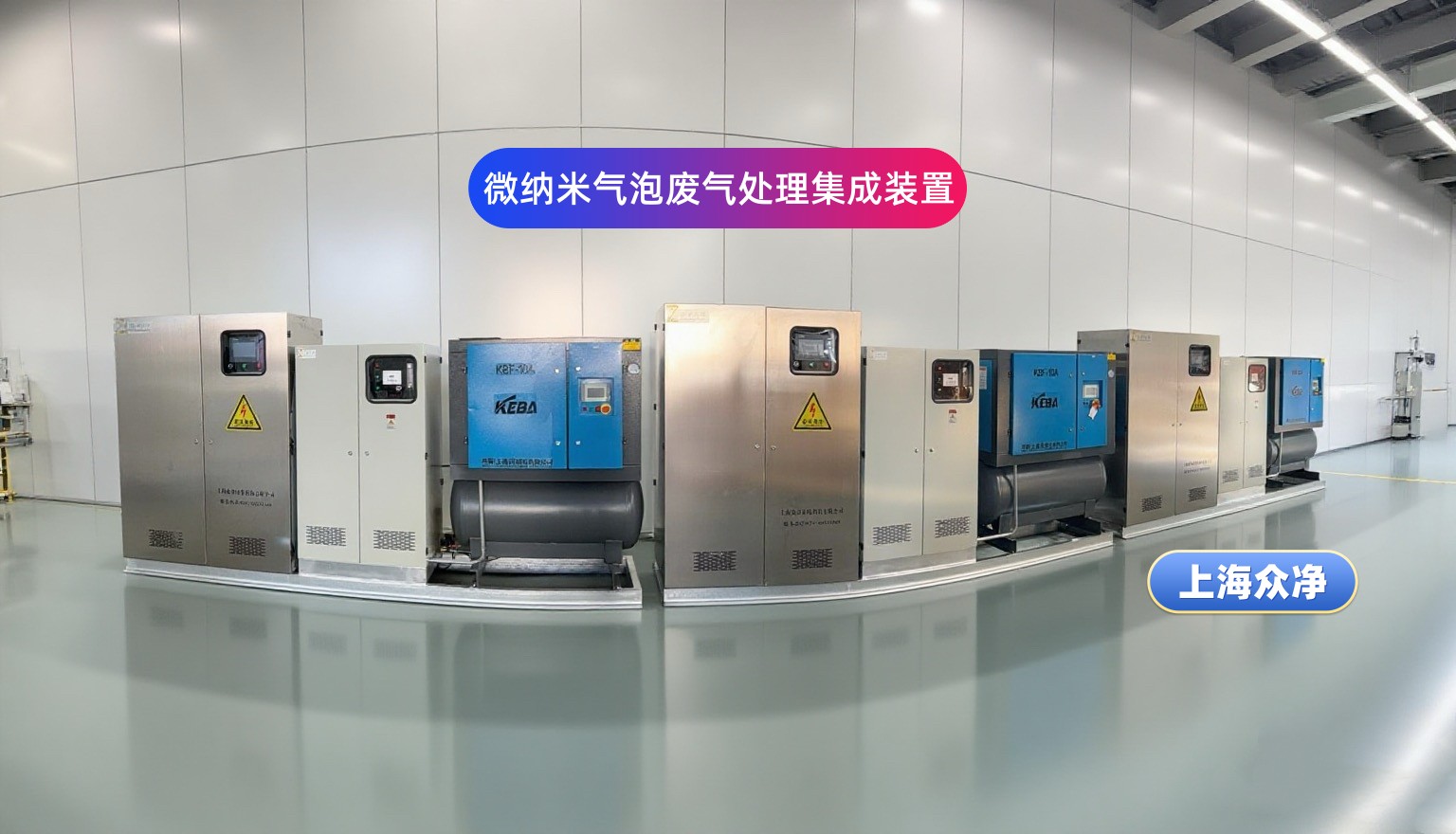
Micro-nano bubble waste gas treatment device
2025-07-25 01:53:17
This paper introduces conventional methods for generating micro-nano bubbles and systematically reviews the current research status and applications of this technology in environmental protection fields such as sewage purification, soil remediation, and waste gas treatment. It points out that the bubbles generated by micro-nano aeration technology have significant advantages such as long residence time, high mass transfer efficiency, high interfacial potential, and large specific surface area, which are of great significance for promoting technological development in the environmental protection industry and mitigating environmental pollution.
-
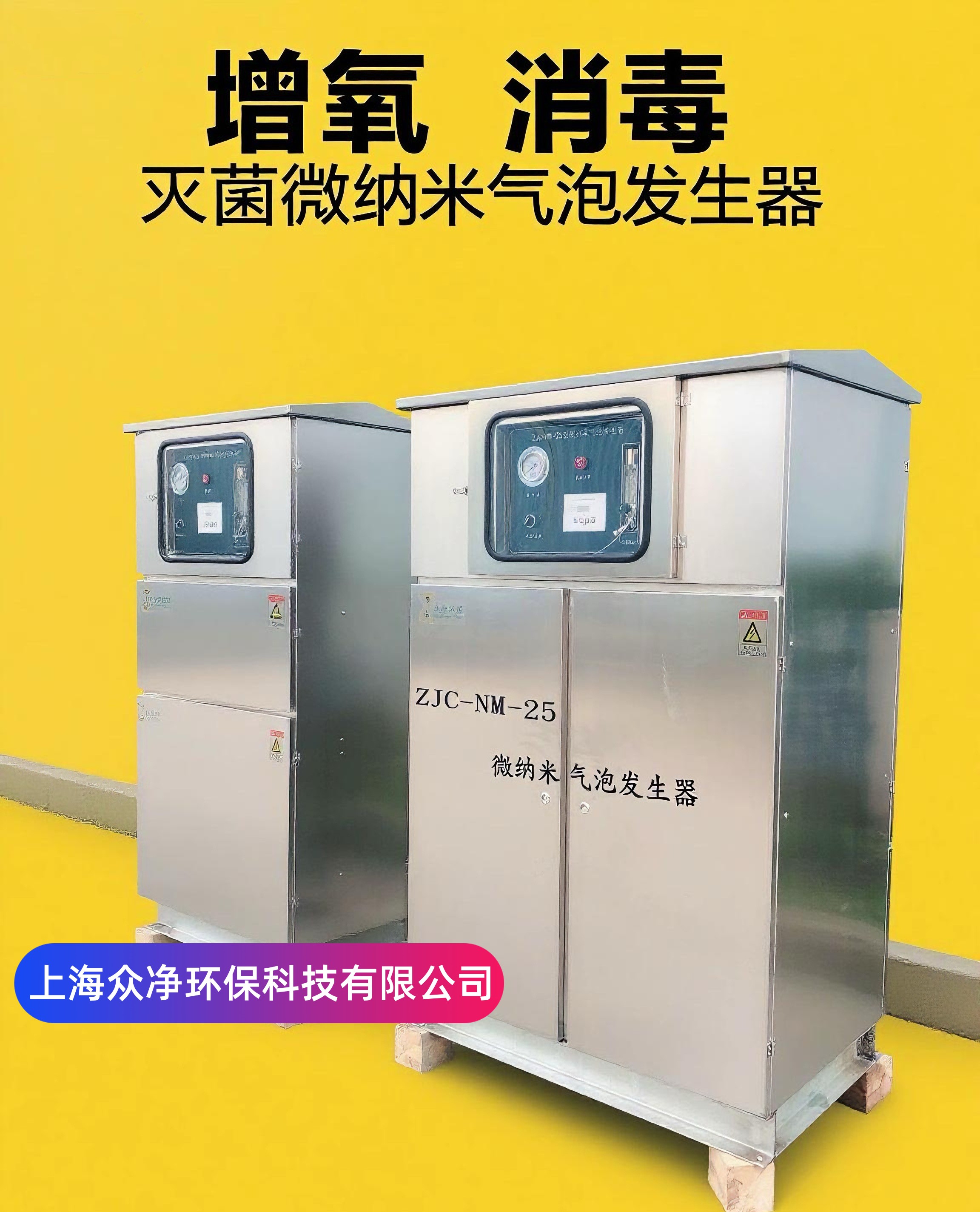
Breeding oxygenation disinfection sterilization micro nano bubble technology - Shanghai Zhongjing
2025-07-09 01:43:05
Micro nano bubbles can quickly and effectively increase the dissolved oxygen content of aquaculture water, providing sufficient oxygen for aquatic animals to meet their growth and metabolic needs, and improving the survival rate and growth rate of aquaculture organisms. Especially for high-density aquaculture environments, their oxygenation effect is more significant, which can effectively avoid phenomena such as floating heads and death of aquatic animals due to hypoxia
-
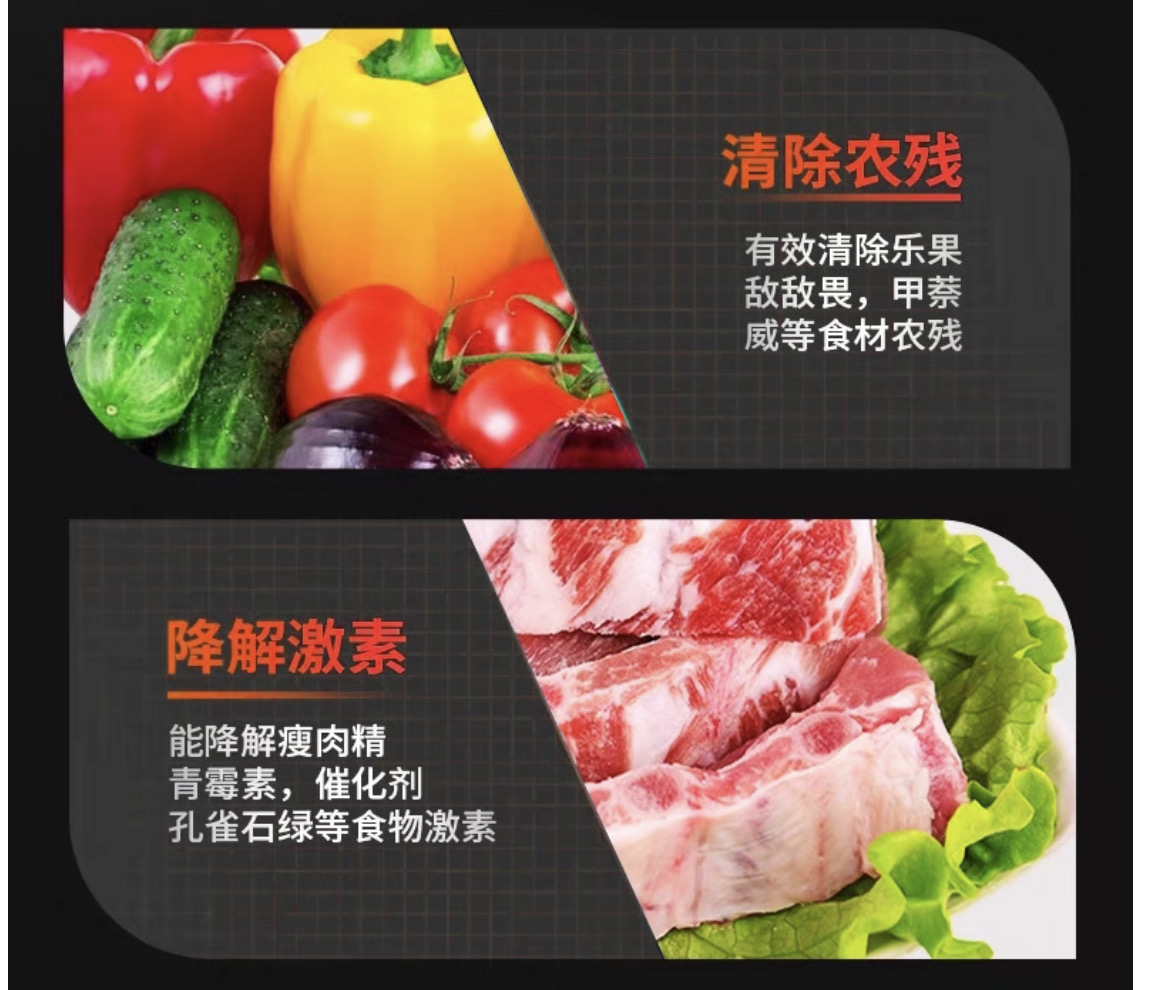
Micro nano bubble cleaning, disinfection, sterilization, and deodorization device
2025-06-17 11:28:19
The micro nano bubble cleaning, disinfection, sterilization, and deodorization device is an integrated equipment that combines physical cleaning, ozone oxidation, nano bubble mass transfer, and other technologies. Through the "cleaning disinfection sterilization deodorization" four in one function, it solves the pain points of multi device step-by-step operation, low efficiency, and chemical residue in traditional treatment processes. Its core advantage lies in the synergistic effect of the cavitation effect of micro nano bubbles (with a diameter of 10-1000nm) and the strong oxidizing properties of ozone, achieving one-stop treatment from surface cleaning to deep sterilization and odor decomposition. It is widely used in food processing, medical, environmental protection and other scenarios that require strict hygiene and safety requirements.
-

Shanghai Zhongjing: Experimental micro nano bubble generator with adjustable flow rate parameters for nano bubble size
2025-06-13 03:26:59
The Shanghai Zhongjing experimental micro nano bubble generator can flexibly adjust the gas flow rate, accurately adjust the bubble particle size and concentration to meet different experimental needs.
-
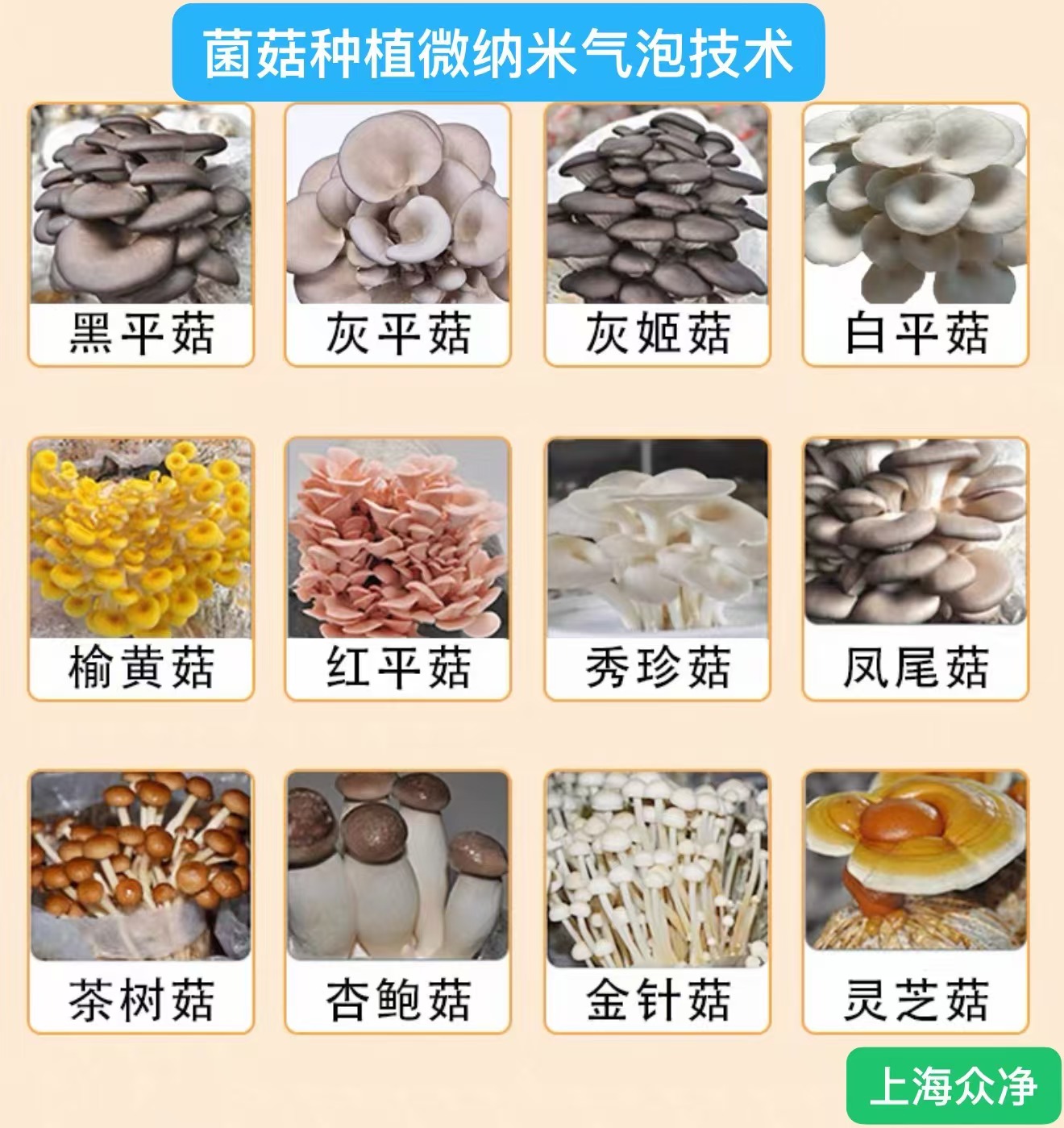
Application and advantages of micro nano bubble technology in mushroom cultivation
2025-06-11 04:50:15
Micro nano bubble technology fundamentally improves the planting efficiency and quality by improving the "water air nutrition" environment for mushroom growth, combining economic value and environmental benefits. With the decrease in technology costs and the miniaturization of equipment, its application prospects in household planting and large-scale farms are broad, and it is expected to become an important technical support for modern facility agriculture.
-
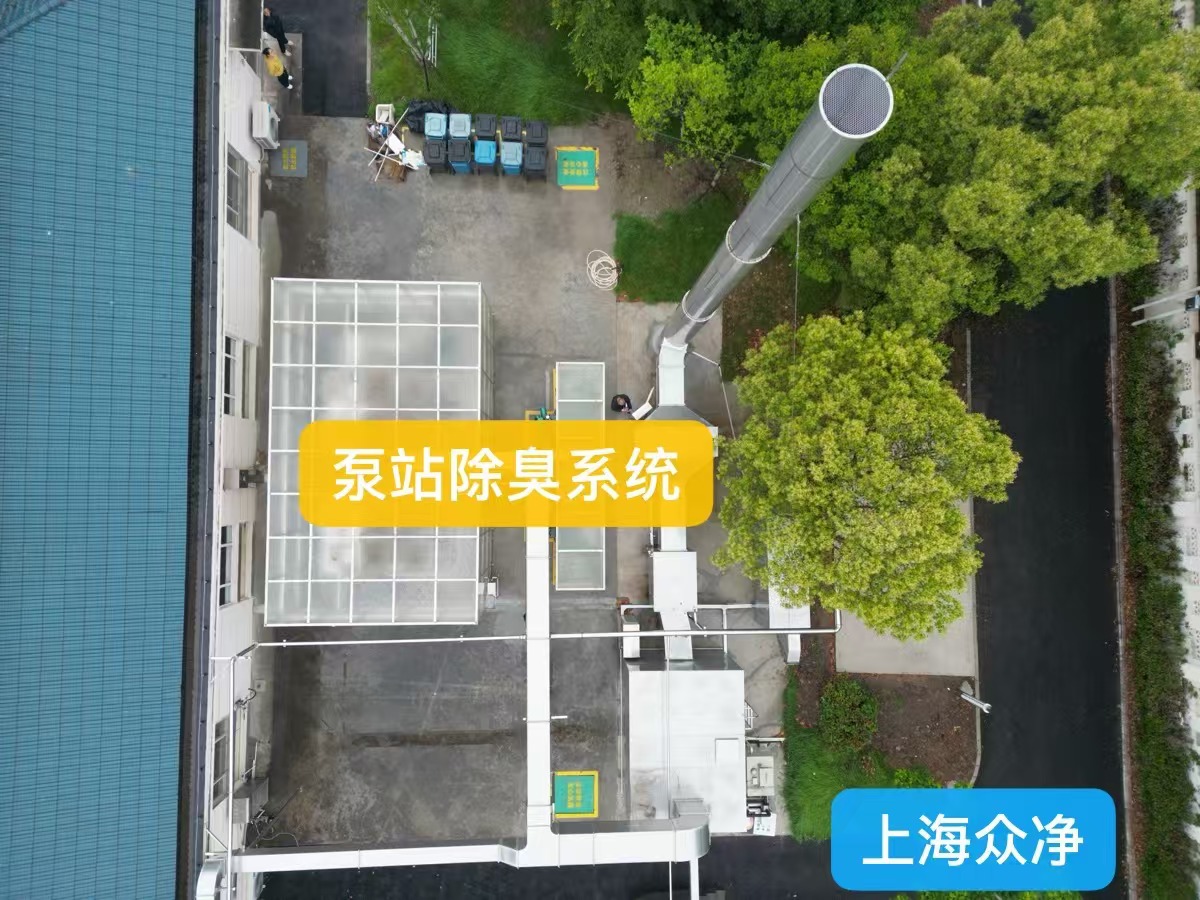
Utilizing the special properties of superoxide micro nano bubbles to decompose pollutants and odorous substances in exhaust gas
2025-06-04 02:59:20
The characteristics of superoxide micro nano bubbles greatly improve the deodorization efficiency. Through practical application verification, the removal rate of common odorous gases can reach over 90%, which can quickly purify exhaust gas.



 Home
Home

